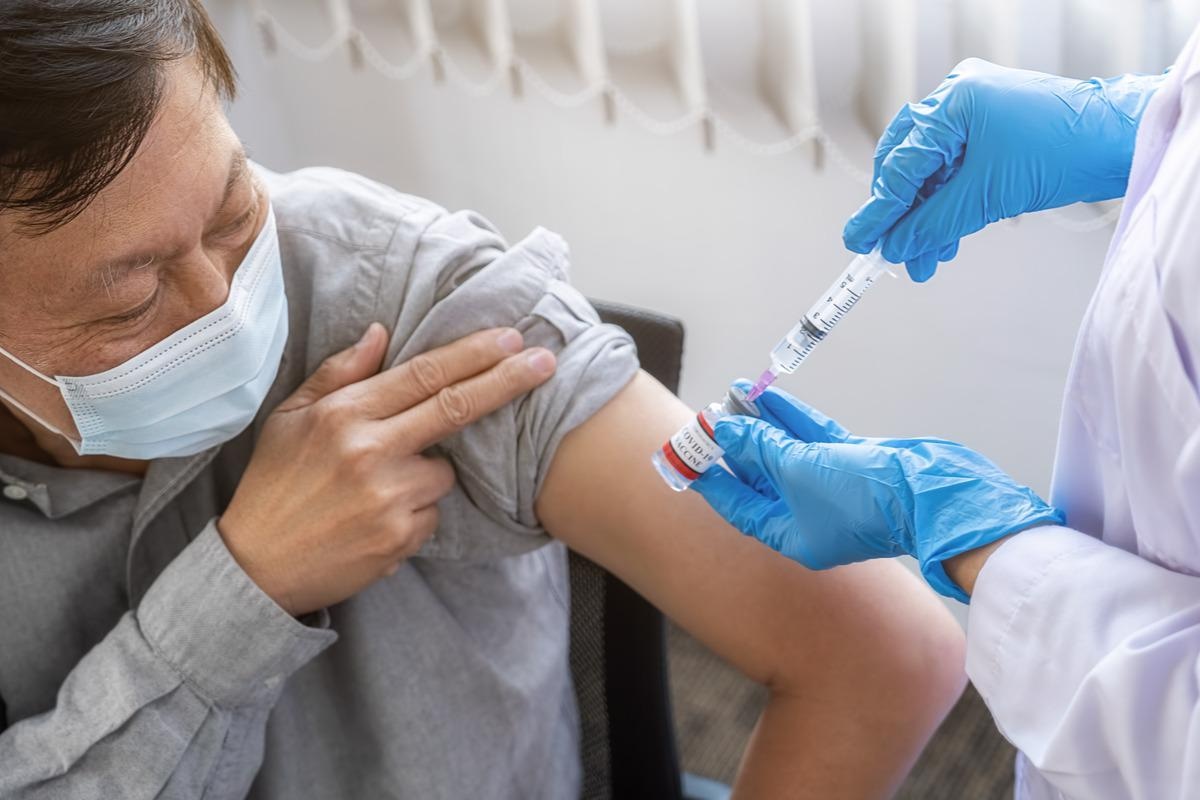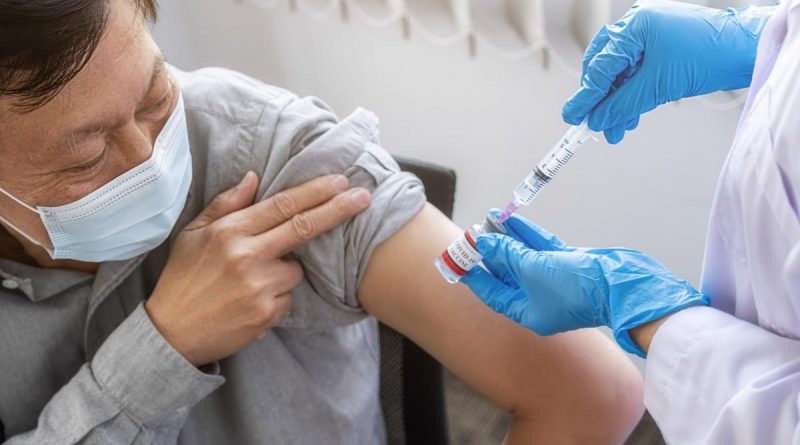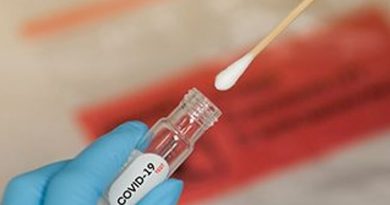Factors influencing cross-protective serological immunity against SARS-CoV-2 variants in Asians
In a recent study posted to the medRxiv* pre-print server, researchers assessed the impact of demographic variability on the Pfizer/BioNTech BNT162b2 vaccine-induced serological immunity against severe acute respiratory syndrome coronavirus 2 (SARS-CoV-2) variants of concern (VOC) and variants of interest (VOI).

The duration and magnitude of vaccine-induced humoral antibody responses against SARS-CoV-2 variants are important serological markers for the prediction of immune protection against coronavirus disease 2019 (COVID-19).
About the study
In the present study, the team evaluated the influence of demographic factors on vaccine-induced neutralizing antibody titers against SARS-CoV-2 strains in Asians. The demographics assessed were sex, age, body mass index (BMI), smoking habits, and co-morbidities such as hyperlipidemia and hypertension. The viral strains tested were the SARS-CoV-2 Wuhan-Hu-1 strain, VOCs (Beta, Alpha, Delta, Gamma), and VOIs (Kappa and Epsilon). The titers were determined against viral proteins such as nucleocapsid and the spike (S)- full spike and the receptor-binding domain (RBD), individually.
A total of 168 Asians, comprising Malay, Indian, and Chinese individuals were recruited from the COVID-19 PROTECT study. All of them were doubly vaccinated with the BNT162b2 vaccine with a time interval of 21 days between the two doses. Moreover, 16% of the participants received a homologous booster dose. None of these individuals had prior COVID-19 history. Additionally, 27 polymerase chain reaction (PCR)-diagnosed, convalescent COVID-19 patients aged above 60 years, were included in the study.
Blood samples of the vaccinated group were collected before vaccination and three weeks, three months, and six months post-primary vaccination. Additionally, serum was obtained one month and three months after booster dose administration. While the three-month titers indicated the peak antibody response, the six-month titers denoted the long-term cross-protective immunity. The convalescent samples were obtained pre-vaccination, at peak response post-second dose, and one to two months post booster dose.
The viral neutralization potency was measured by the pseudovirus neutralization test (PVNT) using SARS-CoV-2 spike pseudovirus wherein PVNT titers above 50% indicated neutralizers. Additionally, an enzyme-linked immunosorbent assay (ELISA) based on the angiotensin-converting enzyme 2 (ACE2)-S RBD binding inhibition was used to augment the PVNT results. Moreover, the ELISA titers were converted to half-maximal inhibitory concentration (IC50) values, and IC50 values under 50 IU/mL denoted less than 40% RBD-ACE2 blockade. Additionally, real-time RBD-ACE2 interactions were observed using the quartz crystal microbalance (QCM) technology.
Results and discussion
The average age of the study cohort was 48 years and 45% of the volunteers were women. The study results showed that anti-nucleocapsid IgG was not found in the serum of most participants throughout the study. Additionally, volunteers with elevated pre-vaccination anti-nucleocapsid IgG titers did not significantly express anti-S and anti-RBD IgG antibodies. This indicated a high probability of cross-infectivity from other coronaviruses.
The anti-RBD IgG and anti-S IgG titers increased significantly with average concentrations of 7.4 µg/mL and 19.7 µg/mL, respectively, within two months of double vaccination However, the titers substantially decreased six months after vaccination.
PVNT assays indicated significant antibody responses (average 32 % neutralization) post the first dose that escalated to an average of 61% post-second dose. However, the titers declined to 23% after six months of vaccination.
Lower titers were observed in individuals aged above 60 years against the Delta strain. Although the titers improved post-second dose, a remarkable decrease was observed in six months of vaccination across all ages. Additionally, females and non-smokers were better cross-neutralizers. However, comorbidities, BMI, and ethnicity did not significantly affect viral neutralization.
Compared to the Wuhan-Hu-1 strain, consistently lower titers were observed against the Gamma and Beta VOCs up to six months post-primary vaccination. Contrastingly, this pattern was not detected in the spike-RBD titers. Additionally, ACE2-RBD inhibition exceeding 40% was observed for all strains three months post the second dose. However, the inhibition percentile declined six months post-primary vaccination.
The anti-Omicron spike-RBD titers were 85% and 80% in vaccinated and convalescents, respectively. However, they were lower compared to other strains, except the Beta VOC among convalescents. Additionally, QCM results demonstrated the inability of the ACE2 molecule to bind to coated RBD ligands of anti-S neutralizing antibodies.
Conclusion
Overall, the cross-protection was lower among convalescents compared to the vaccinated volunteers, probably due to mild COVID-19 in convalescents. Additionally, the titers declined for all variants across all Asians six months post-vaccination, independent of demographic variability. However, the booster dose enhanced cross-protection.
To summarize, antibody cross-protection was lowest against the Omicron variant among males aged above 60 years. However, the antibody titers improved for all the strains post administration of a COVID-19 vaccine booster dose.
*Important notice
medRxiv publishes preliminary scientific reports that are not peer-reviewed and, therefore, should not be regarded as conclusive, guide clinical practice/health-related behavior, or treated as established information.
- Yue Gu, et al. (2022). Defining Factors that Influence vaccine-induced, cross-variant neutralizing antibodies for SARS-CoV-2 in Asians. medRxiv. doi: https://doi.org/10.1101/2022.03.06.22271809 https://www.medrxiv.org/content/10.1101/2022.03.06.22271809v1
Posted in: Medical Science News | Medical Research News
Tags: ACE2, Angiotensin, Angiotensin-Converting Enzyme 2, Antibodies, Antibody, Assay, Blood, Body Mass Index, Coronavirus, Coronavirus Disease COVID-19, covid-19, Enzyme, Homologous, Hyperlipidemia, immunity, Molecule, Omicron, Polymerase, Polymerase Chain Reaction, Pseudovirus, Receptor, Respiratory, SARS, SARS-CoV-2, Severe Acute Respiratory, Severe Acute Respiratory Syndrome, Smoking, Syndrome, Vaccine

Written by
Pooja Toshniwal Paharia
Dr. based clinical-radiological diagnosis and management of oral lesions and conditions and associated maxillofacial disorders.
Source: Read Full Article



